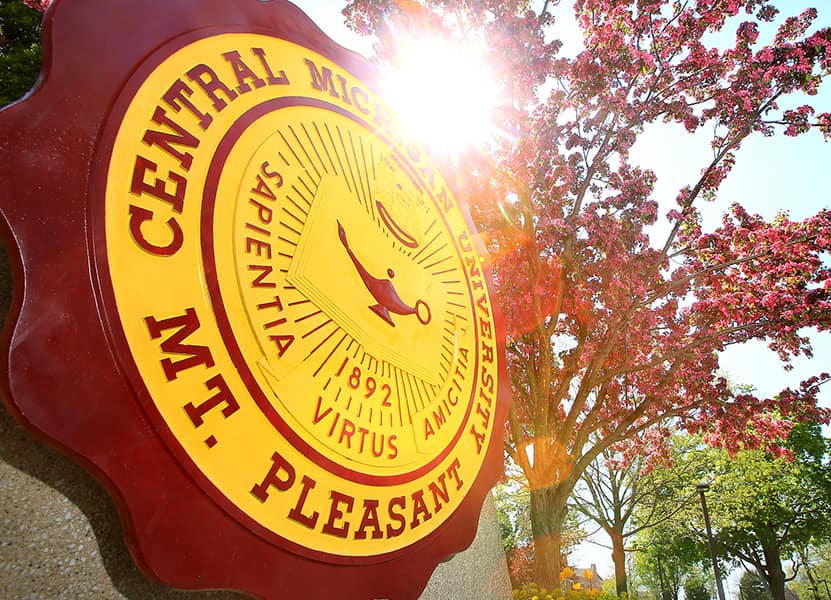Collection of research materials on Michigan topics, mostly photocopies, notes, drafts of articles, and correspondence.
The collection consists mostly of photocopies of newspaper articles, magazine articles, information from websites, the Congressional Record, and chapters from reference and other books, on topics of interest to Barnett. Also included are his correspondence and email to various institutions and people asking for information and material, his notes, and typed articles he wrote on various topics. Topics documented in depth include: Ash, Center Line, John Farmer, Upper Peninsula railroads, Magnet Truck, Michigan railroads, the Mackinac Bridge, music and singers who sang songs about Michigan and or cars, the longstanding oleo versus margarine debates and laws, Michigan Central Railroad Co. Head Lights (a publication), Michigan jazz, traffic lights, with biographical materials on W.L. Potts, and Detroit, Mackinac and Marquette Railroad Co. maps (oversized transparencies). The materials (photocopies)on Headlights or Headlight Flashes includes: an advertising publication of the Company, which describes the comfort of traveling via the Company's trains and provides city histories with biographies of important families and individuals, as well as photographs of those people, expensive homes, businesses, public buildings, and pastoral scenes. Towns described include: Michigan City (Ind.), 1894; and the Mich. cities of: Albion, 1895; Pontiac, 1897; Benton Harbor and Flint, 1896; and Saint Joseph, 1898. Also included are microfilmed newspaper articles (photocopies), in which the Headlights of various cities were advertised, 1895-1896 and 1941, and 1997-2000 typed transcripts of other similar newspaper advertisements, 1895-1898. Additional subjects include: Agricultural Demonstration Trains of Michigan State University, 1906-1937; buying Michigan, 1795-1796; counties, name changes/considered creation of new counties; the history of county names; dandelions [as an emergency source of post-World War II rubber]; highway lighthouses [precursors to traffic lights]; lynchings; prisoners building Michigan roads during the 1920s; reflectors (roadside); roadside parks [Michigan had the first]; stagecoaches; broadcasting; homestead lands; Hollywood; the Port Huron and Milwaukee Railroad; Sabbath blue laws; Ludington (Mich.); swamp lands; centroids; Iron Range and Huron Bay Rialroad; ferries; population centers; Oldsmar, Florida; David Ward, Deward (Mich.); the Detroit and Charlevoix Railroad Company; Cigar Industry in Detroit, including strikes, unions, and women employees; Cigar Store Indians; crops of Flax and Gingseng and flax industries in Michigan prisons; Michigan Indians mentioned in county histories; Michigan Road Construction Train; Michigan World War I fruit and olive pit gathering campaign to create gas masks; Ragweed and hay fever and the Northern Hay Fever Resort Association, Topinabee, and the Western Hay Fever Association of the U.S., headquartered in Petoskey; General Philip H. Sheridan 's warhorse Rienzi; St. Mary's Falls Ship Canal Company and its subsidiary units, the Canal Mineral Land Company and the Michigan Pine Land Association; and Windmills in Detroit. Also included is a draft of a book by Graydon M. Meints on lumber baron David Ward that Barnett reviewed. The major topics found in 2021 Addition, Boxes 63-75, include: American Tract Society, Bloomers, Colporteur, Graphite Mining in Michigan, Medical Quacks, Michigan Iron and Land Company, Samuel Geil Maps of Michigan, and Whipping (Military corporal punishment). The 2022 Addition, Boxes 76-79, includes the major topics of Vigilance Committees against German Americans during World War I and Ski Trains. Other topics include: Buffalo Bill Train Accident, Carbon Works in Detroit, Detroit’s Streetlight Towers, Grand Duke Alexis A Romanov Visits Detroit, ‘Hello Girls’ [U.S. Army Signal Corps, World War I], Lindbergh in Michigan, Michigan World War II Veterans Bonus, Wetzel (Antrim County, MI, village), Bomb Mackinaw (which were 1925 practice maneuver plans to prevent enemies from crossing into the straits by dropping bombs from airplanes), and Crawfish. The collection is ongoing.
Processing Note: Abbreviations used by Barnett on folder labels were used and copied by Clarke processors exactly. Acidic materials were copied in 2014.
